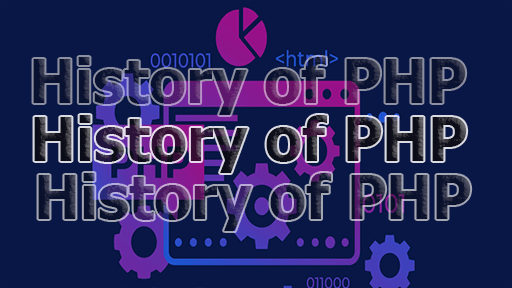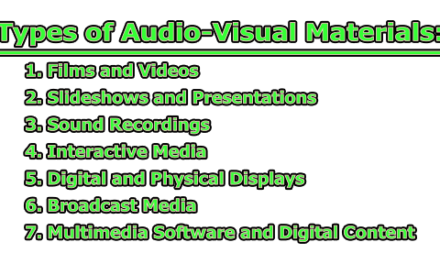History of PHP
PHP is a widely used and recognized technology used on the Internet. Originally PHP stood for “Personal Home Page”, although recently it stands for “PHP: Hypertext Preprocessor”. However, no matter what it is called, PHP is a fundamental part of any dynamic web page. In this article, we are going to know the history of PHP.
PHP development began in 1994 as a personal project by Rasmus Lerdorf, who created a series of Perl scripts that he referred to as his “personal home page tools” for maintaining his personal web page. These tools were released in 1995 as CGI Binary “Personal Home Page / Form Interpreter”, which included support for web forms and interactions with databases.
After being widely published around the world, PHP gained rapid revision and development, with the second edition of PHP / FI being published in November 1997, just two years later. PHP 3 was published in 1998 following PHP 4 and PHP 5 in 2000 and 2004, respectively.
PHP 5 is the version currently used on most websites and includes a number of new features such as support for object-oriented programming, a consistent interface for database access, and several major performance enhancements.
Although PHP is under development, the current development process that will eventually lead to PHP 6 has been slower than expected due to the difficulty of adding Unicode support. In 2010, when the Unicode support was transferred to a branch, it was decided to remove all other features under development in the main trunk of PHP code. However, in version 5.4 PHP has finally added Unicode support, without any major version changes.
Two decades after its inception, PHP has registered unprecedented growth and is still going strong. Today, it controls over 80% of all websites in the world. This includes large parts of others like Facebook, Wikipedia, and WordPress.

Library Lecturer at Nurul Amin Degree College










